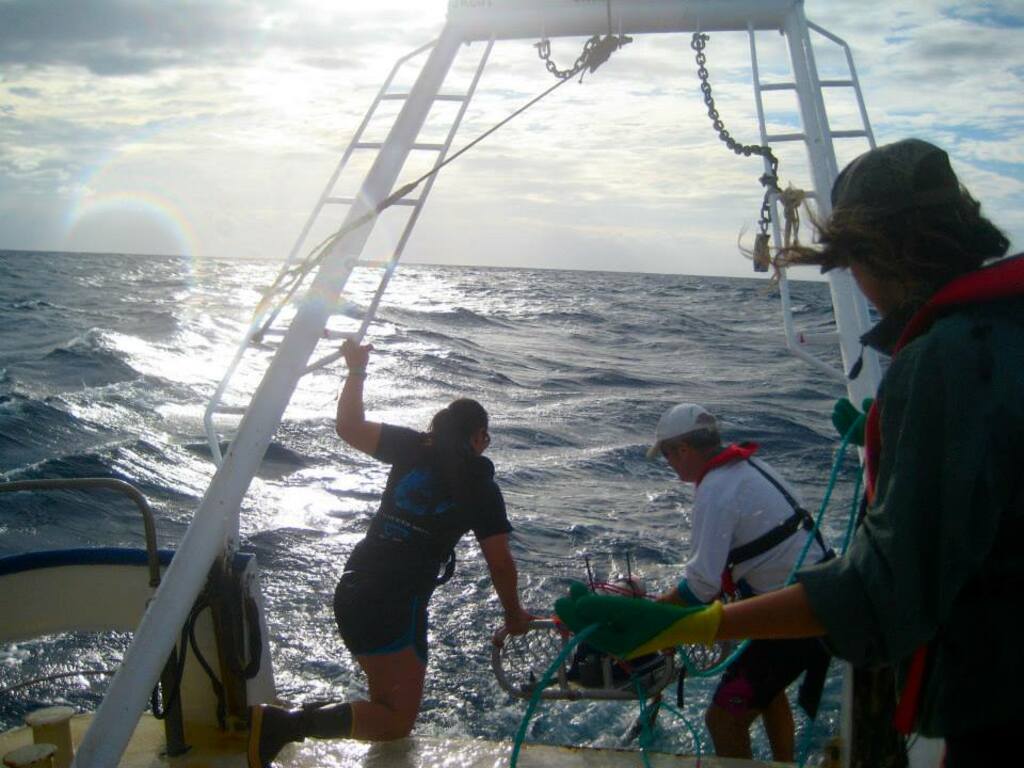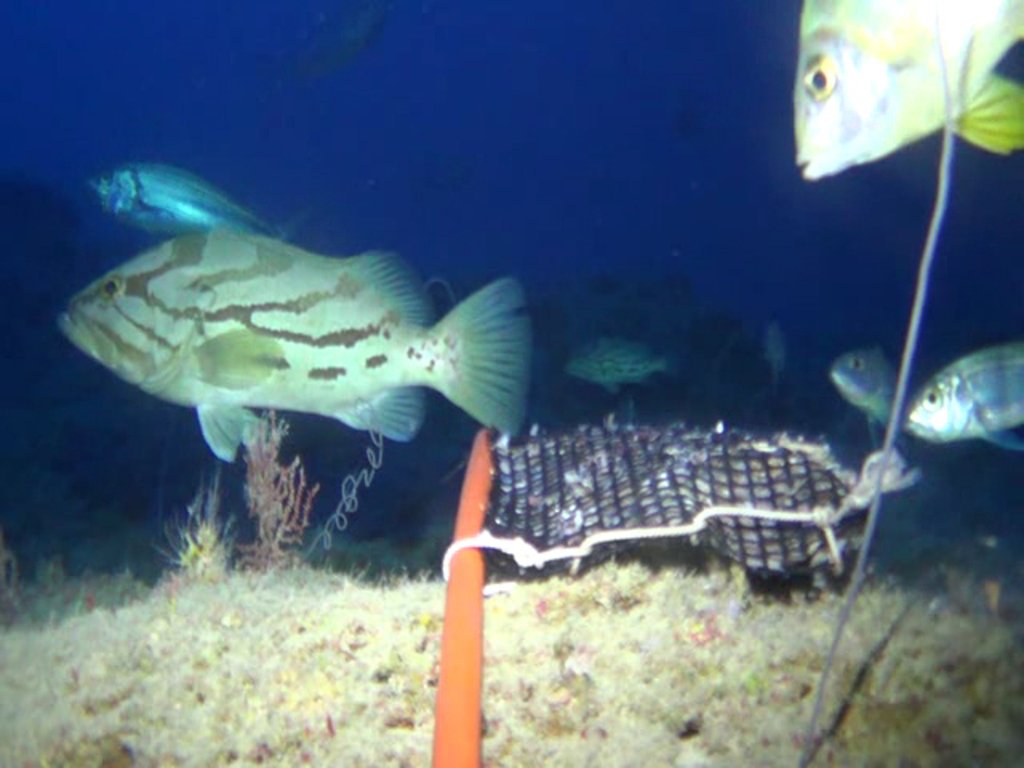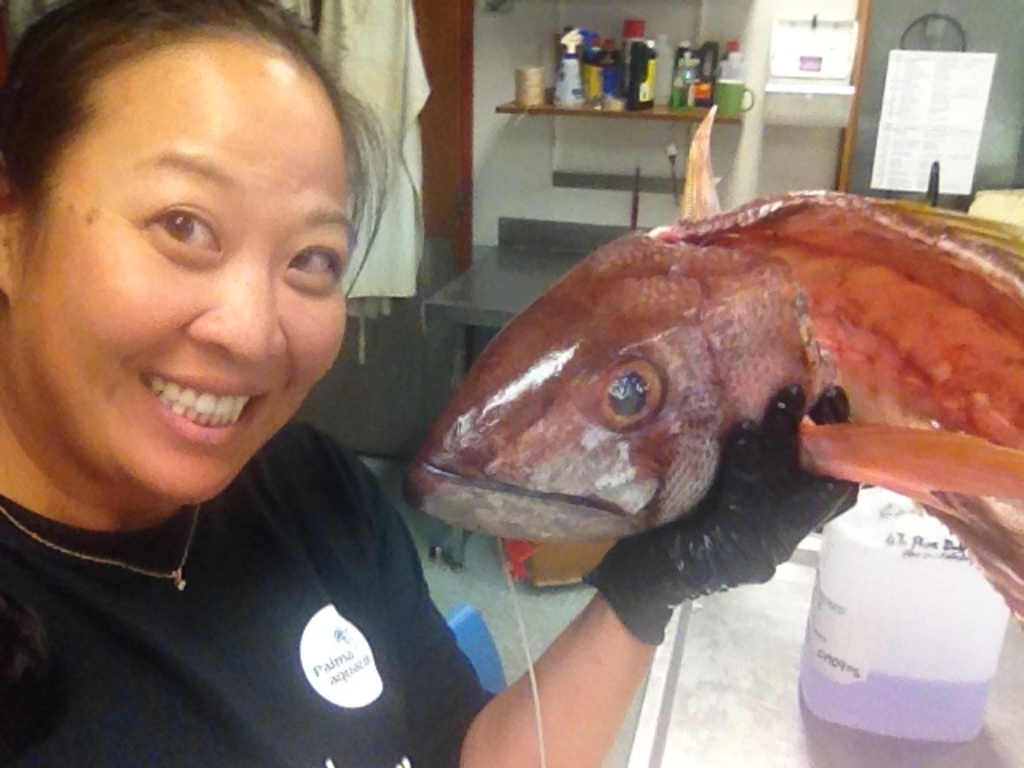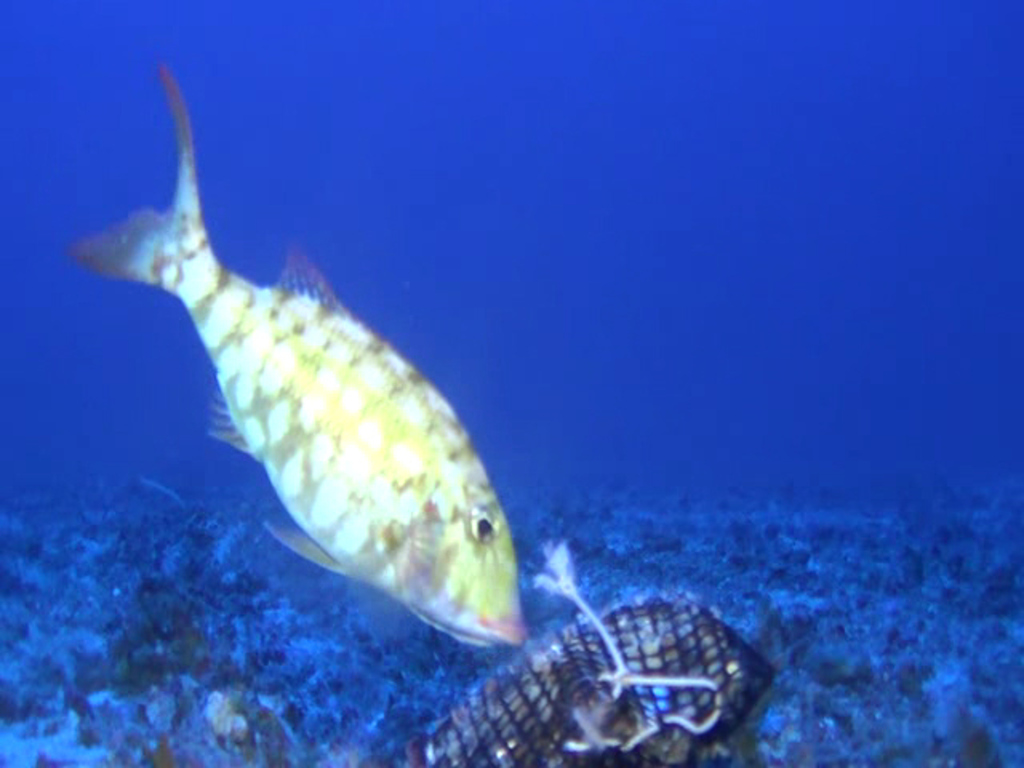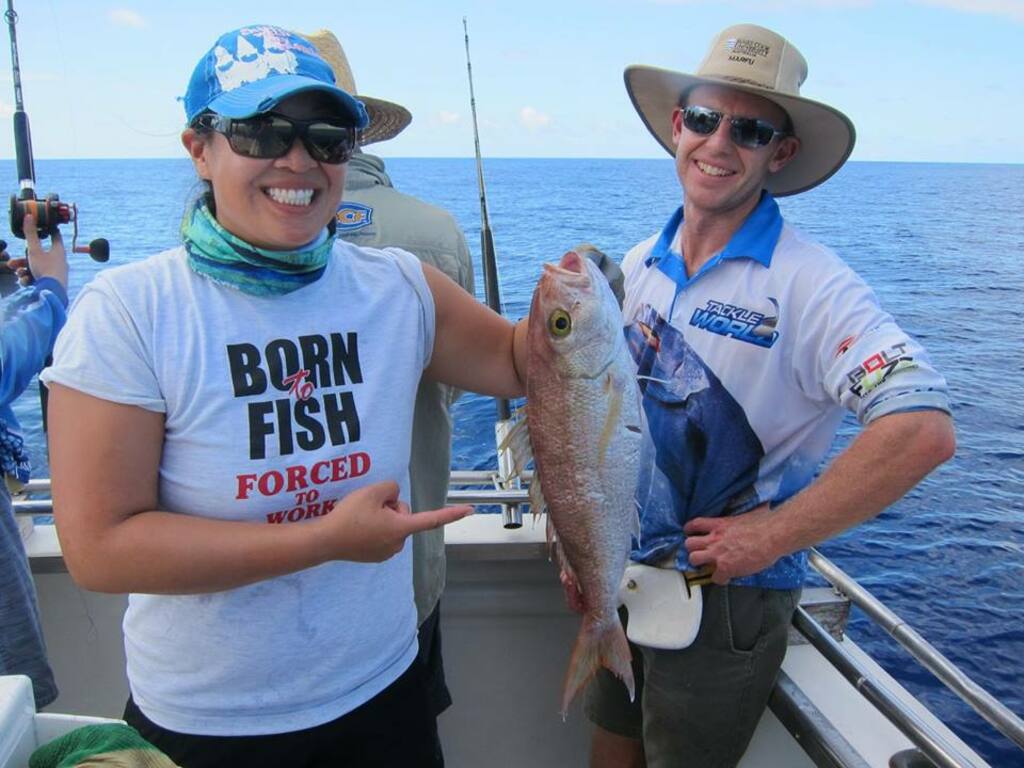Blog:
An interview with Tiffany Sih
2017, October 9
Posted by Veronica Radice
Fishes, fish ecology, deepwater fisheries, taxonomy, otolith chemistry.
Early Career Scientist: Tiffany Sih
‘Mee-so’ or ‘meh-so’ -photic?
Definitely ‘meh-so’-photic, but I have been told I pronounce things differently with my ‘cute’ mixed-up American-Australian accent.
Charismatic megafauna or cool critters?
I love being distracted by charismatic fishes (big or little); I am like a bobblehead doll when I am underwater ticking off fish as I see them.
What is your primary research interest, and how does it link with the mesophotic zone?
My research interests are deeper fish communities, identifying which are the key players, but also how those species may be affected by fishing. Since many of these deepwater fishes, like the snappers and groupers, are fished throughout the Indo-Pacific, it is important we start to draw similarities and differences from where they are distributed. I saw a key area where this information was perhaps overlooked, and that I could contribute some worthy information.
Describe the location of your main (or most interesting) study site and how it fits in with your research questions.
The central Great Barrier Reef shelf-break has been an interesting place to study. Myrmidon Reef is an amazing site to dive and deploy cameras. While quite a few studies use it as a study site, few studies have gone to any substantial depth, so for my research I really wanted to capture the entire depth range. As the most prominent reef feature for this part of the GBR, each ‘facet’ of the reef is pretty unique. Some slopes are teeming with life. I once dropped a camera into a huge school of dogtooth tuna – perhaps the largest caught on camera! A fun part of the research is the ‘mystery’ of what you will find on the next camera drop.
What is your primary means of accessing mesophotic depths to conduct your research (e.g. ROV, SCUBA, rebreather, submersible) and what were the main challenges to overcome?
I love BRUVS! I use specially-designed camera housings to withstand the great pressure at depth. The location (being 100 km offshore) and local oceanography (both the topography and currents), have made it challenging, and I am not ruling out using ROVs, submersibles or rebreathers for future work, but BRUVS are a tried-and-tested method and versatile at great depths and a variety of habitats.
What do you remember from your very first exposure to coral reef or mesophotic fieldwork?
The surprising amount of color at great depths – using white lights with my cameras helped to bring out some of the subtle ‘sparkle’, but for a relatively light-limited environment, many of these fish have fancy facial markings or vibrant colors.
What new skill(s) have you learned during your research and what is one thing (skill, program, advice, etc.) that you wish you learned earlier in your science journey?
Patience and statistics. Learning R (statistical software) is a lot of trial-and-error, so finding your own answers requires you to have patience and ample persistence.
How do you keep current with an endless stream of research coming out (or any favorite science website or blogs that you follow)?
Twitter is fantastic. I first embraced it when I was a social media representative for the Australian Coral Reef Society. I think it is important to expose yourself to wider research community (i.e. science communication, terrestrial ecologists, academics, conferences you cannot attend) and propagate the ideas you find cool and interesting. Plus, if you use the Pomodoro method, it is a convenient way to spend your 5-minute breaks.

